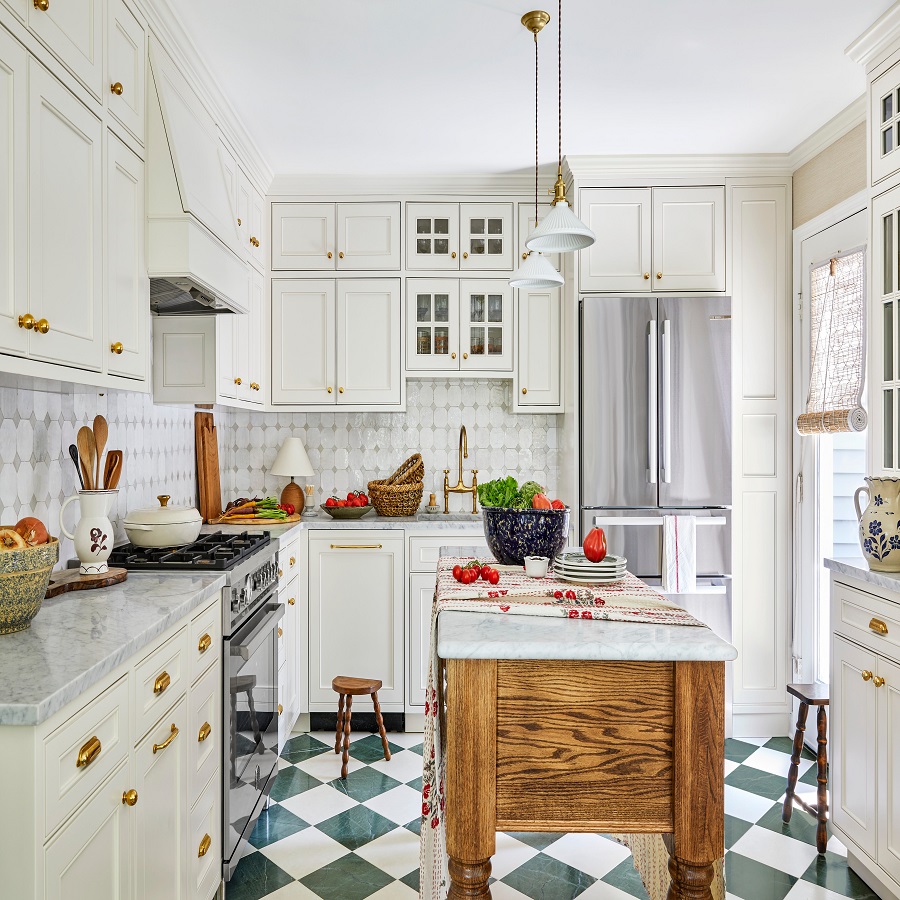Introduction:
A lamp is an essential item in every household, providing not only functional lighting but also adding ambiance to a room. However, like any other electrical device, lamps can sometimes experience issues and stop functioning. In this article, we will guide you through the process of fixing a lamp, ensuring that it continues to brighten your space effectively.
Gathering the Tools and Equipment
To repair a lamp, it is crucial to have the necessary tools and equipment on hand. Here are the items you will need:
Screwdriver (flathead and Phillips)
Replacement bulb
Wire strippers
Electrical tape
Multimeter (optional) By having these tools ready, you will be prepared to tackle the various lamp repair tasks efficiently.
Diagnosing the Problem
The first step in fixing a lamp is identifying the issue. There can be several reasons why a lamp may not be working correctly. Some common problems include a blown bulb, a faulty switch, or a loose connection. Carefully examine the lamp and try to identify the source of the problem before proceeding with the repair.
Replacing the Bulb
If the lamp is not turning on, the bulb may be the culprit. Unscrew the lampshade, and gently remove the old bulb by twisting it counterclockwise. Then, insert a new bulb of the same wattage and carefully screw it in a clockwise direction. Once the new bulb is securely in place, reattach the lampshade and check if the lamp turns on.
Fixing a Faulty Switch
If the bulb replacement did not solve the issue, the lamp’s switch may need attention. Disconnect the lamp from the power source and remove the lampshade and light bulb. Use a screwdriver to remove the switch cover plate, exposing the wires. Check for any loose or disconnected wires and reconnect them firmly. If the switch itself is faulty, purchase a replacement switch from a hardware store and carefully install it, following the manufacturer’s instructions.
Repairing a Loose Connection
If the lamp still does not work, there may be a loose connection within the lamp’s wiring. Start by disconnecting the lamp from the power source and removing the lampshade and bulb. Inspect the cord for any visible damage, such as frayed or exposed wires. If necessary, use wire strippers to trim the damaged portion of the cord and strip the insulation from the wire ends. Reconnect the wires securely using electrical tape or wire connectors. Once the connection is fixed, reassemble the lamp and test if it functions properly.
Testing with a Multimeter (Optional)
If you have access to a multimeter, you can use it to test the electrical continuity of the lamp’s components. Set the multimeter to the resistance mode and touch the probes to different parts of the lamp, such as the cord, socket, and switch. A reading of zero ohms indicates a good electrical connection, while a higher reading signifies an issue. This method can help pinpoint the exact location of the problem and guide you in making the necessary repairs.
Conclusion:
Fixing a lamp might seem daunting at first, but with the right tools and a systematic approach, it can be a straightforward process. By following the steps outlined in this article, you can save money and extend the lifespan of your lamp. Remember to prioritize safety by disconnecting the lamp from the power source before starting any repairs. With a little effort, you can enjoy the warm glow of a functional lamp once again.



